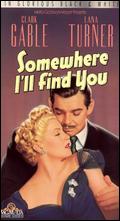
William Clark Gable was an American film actor. Often referred to as The King of Hollywood, he had roles in more than 60 motion pictures in a variety of genres during a career that lasted 37 years, three decades of which was as a leading man. He was named the seventh greatest male movie star of classic American cinema by the American Film Institute.

Julia Jean "Lana" Turner was an American actress. Over a career spanning nearly five decades, she achieved fame as both a pin-up model and a film actress, as well as for her highly publicized personal life. In the mid-1940s, she was one of the highest-paid American actresses and one of MGM's biggest stars, with her films earning more than $50 million for the studio during her 18-year contract with them. Turner is frequently cited as a popular culture icon of Hollywood glamour and a screen legend of classical Hollywood cinema. She was nominated for numerous awards.
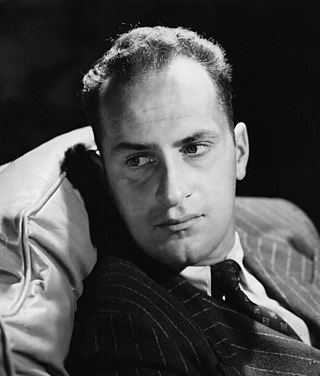
Francis Xavier Aloysius James Jeremiah Keenan Wynn was an American character actor. His expressive face was his stock-in-trade; and though he rarely carried the lead role, he had prominent billing in most of his film and television roles.
Honky is a derogatory term used to refer to white people, predominantly heard in the United States.

Charles Van Dell Johnson was an American film, television, theatre and radio actor. He was a major star at Metro-Goldwyn-Mayer during and after World War II.
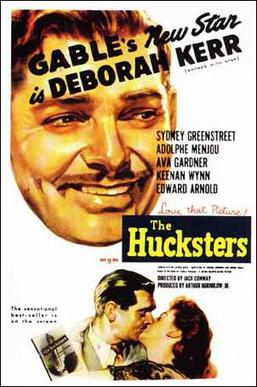
The Hucksters is a 1947 American comedy drama film directed by Jack Conway and starring Clark Gable and Deborah Kerr, her debut in an American film. The supporting cast includes Sydney Greenstreet, Adolphe Menjou, Ava Gardner, Keenan Wynn, and Edward Arnold. It was produced by Metro-Goldwyn-Mayer. The movie is based on the novel The Hucksters by Frederic Wakeman Sr., a skewering of the post-World War II radio advertising industry with Gable's character alternating in pursuit of Kerr and Gardner.
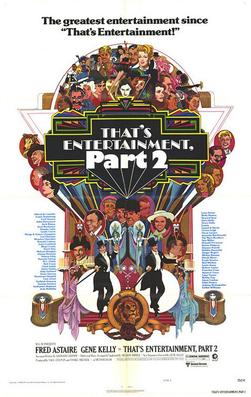
That's Entertainment, Part II is a 1976 American compilation film released by Metro-Goldwyn-Mayer and a sequel to That's Entertainment! (1974). Like the previous film, That's Entertainment, Part II was a retrospective of famous films released by MGM from the 1930s to the 1950s. Some posters for the film use Part 2 rather than Part II in the title.

Hugh Ryan "Jack" Conway was an American film director and film producer, as well as an actor of many films in the first half of the 20th century.

Song of Russia is a 1944 American war film made and distributed by Metro-Goldwyn-Mayer. The picture was credited as being directed by Gregory Ratoff, though Ratoff collapsed near the end of the five-month production, and was replaced by László Benedek, who completed principal photography; the credited screenwriters were Paul Jarrico and Richard J. Collins. The film stars Robert Taylor, Susan Peters, and Robert Benchley.

Betrayed is a 1954 American Eastmancolor war drama film directed by Gottfried Reinhardt and starring Clark Gable, Lana Turner, Victor Mature, and Louis Calhern. The screenplay was by Ronald Millar and George Froeschel. The musical score was by Walter Goehr and Bronislau Kaper, and the cinematography by Freddie Young. The picture, Gable's last for Metro-Goldwyn-Mayer, was filmed on location in the Netherlands and England, and was based on the story of turncoat Dutch resistance leader Christiaan Lindemans, also known as "King Kong". The supporting cast features O. E. Hasse, Wilfrid Hyde-White, Ian Carmichael, Niall MacGinnis, and Theodore Bikel. Betrayed was the fourth and final movie in which Gable played opposite Turner, and their third pairing set during World War II.

They Met in Bombay is a 1941 American adventure drama film directed by Clarence Brown, and starring Clark Gable and Rosalind Russell, with Peter Lorre.

The Three Musketeers is a 1948 film directed by George Sidney, written by Robert Ardrey, and starring Gene Kelly and Lana Turner. It is a Technicolor adventure film adaptation of the classic 1844 novel The Three Musketeers by Alexandre Dumas.
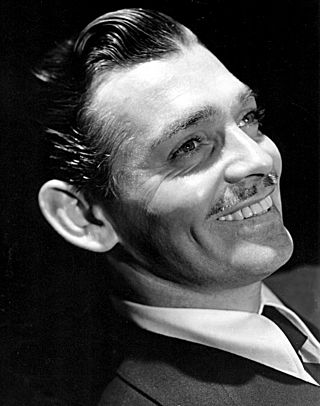
Clark Gable (1901–1960) was an American actor and producer who appeared in over 70 feature films and several short films. Gable first began acting in stage productions, before his film debut in 1924. After many minor roles, Gable landed a leading role in 1931, subsequently becoming one of the most dominant leading men in Hollywood. He often acted alongside re-occurring leading ladies: six films with Jean Harlow, seven with Myrna Loy, and eight with Joan Crawford, among many others.

Honky Tonk is a 1941 black-and-white Western film directed by Jack Conway, produced by Pandro S. Berman, and starring Clark Gable and Lana Turner. The supporting cast features Claire Trevor, Frank Morgan, Marjorie Main, Albert Dekker and Chill Wills.

Gable and Lombard is a 1976 American biographical film directed by Sidney J. Furie. The screenplay by Barry Sandler is based on the romance and consequent marriage of screen stars Clark Gable and Carole Lombard. The original music score was composed by Michel Legrand.

Lana Turner (1921–1995) was an American actress who appeared in over fifty films during her career, which spanned four decades. Discovered in 1937 at age 16, she signed a contract with Warner Bros. but soon transferred to Metro-Goldwyn-Mayer. The studio's co-founder, Louis B. Mayer, helped further her career by casting her in several youth-oriented comedies and musicals, including Dancing Co-Ed (1939) and Ziegfeld Girl (1941), the latter of which was a commercial success and helped establish her as one of the studio's leading performers. Turner subsequently co-starred with Clark Gable in the drama Somewhere I'll Find You (1943), the first of four films she would appear in with him.
A honky-tonk is a type of bar. The phrase may also refer to:
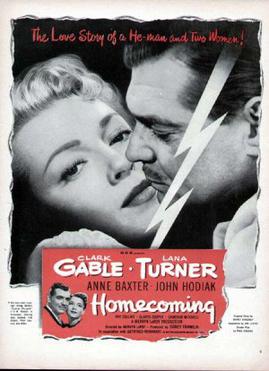
Homecoming is a 1948 American romantic drama film starring Clark Gable and Lana Turner. It was the third of their four films together, and like two of the others, was about a couple caught up in World War II.
Earl Poole Ball Jr. is an American singer-songwriter, pianist, music producer and actor. His musical work spans the Ameripolitan, Country, Americana and Rockabilly genres. He has performed with many well known American musicians, including Buck Owens & The Buckaroos, Gram Parsons, Carl Perkins, Merle Haggard, Freddie Hart, Marty Stuart, Phil Ochs, Michael Nesmith, Marty Robbins, Wynn Stewart, The Flying Burrito Brothers and The Byrds. He is best known for his 20 years spent touring and recording with Johnny Cash. (1977-1997)
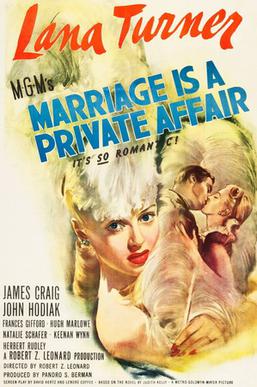
Marriage is a Private Affair is a 1944 war-comedy film, directed by Robert Z. Leonard, based on novel Marriage Is a Private Affair (1941) by Judith Kelly. It stars Lana Turner, Frances Gifford and James Craig.
